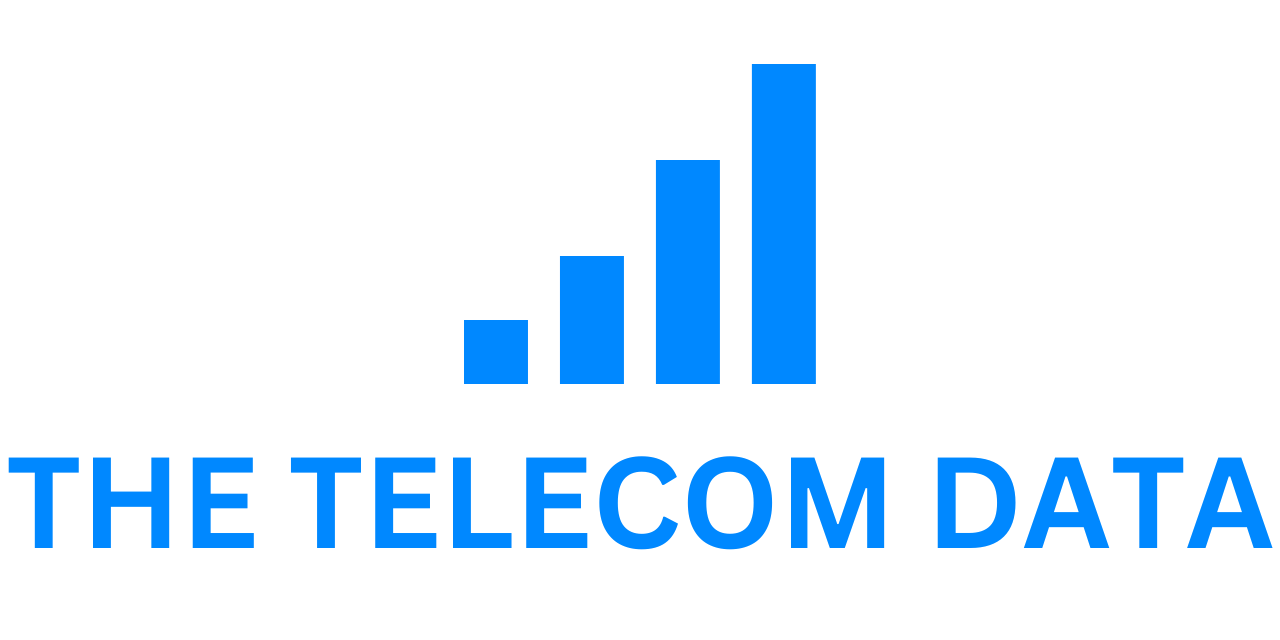Peacock has had a major year with several high-profile events, starting with the exclusive NFL AFC Wild Card game in January. What technical challenges did you face that fans at home wouldn’t have noticed?
Peacock was designed with live sports at its core, and while we aim to make live streaming seem effortless, it’s incredibly complex. We manage a wide range of technical challenges from end to end to ensure our viewers have a seamless, high-quality experience.
The exclusive NFL playoff game brought specific challenges, primarily the massive volume of viewers tuning in simultaneously. It was critical to anticipate every possible outcome and have contingency plans in place to maintain platform stability. Months of preparation ensured that Peacock could handle the scale and traffic of what became the largest live-streamed event in U.S. history.
Our next exclusive NFL game is the Friday night opener between the Green Bay Packers and Philadelphia Eagles on September 6th, marking the first NFL game on a Friday since 1970 and the first to take place in Brazil.
How did the learnings from NFL exclusives help make the Olympics a streaming success?
The Olympics introduced a different challenge—managing a large number of live events at once. Peacock hosted up to 60 simultaneous live streams and up to 300 live events per day, culminating in 3,200 live events over the course of the Games.
These events showcase the potential of streaming live sports and highlight the strength of Peacock’s platform. From the beginning, we’ve built a robust infrastructure capable of delivering top-tier performance, security, and reliability.
Peacock rolled out new features during the Olympics, like Multiview and Gold Zone. Should consumers expect more innovations like these?
The response to these features has been amazing. They demonstrate how our Tech and Product teams work together to enhance the viewing experience. Multiview and Gold Zone were used during the Paralympics, and Multiview will also be introduced for Premier League matches this season. We plan to expand these features to other live events in the coming months, and we will continue to push the boundaries of what’s possible in streaming to provide an engaging and innovative experience for our users.
“Love Island USA” has become the top reality series on streaming platforms in the U.S., and its near real-time production schedule is unique. What technical processes ensure it runs smoothly?
We work closely with internal teams to manage the tight delivery schedule. Once an episode is ready, it goes through an expedited QA process to ensure its quality before it’s uploaded to Peacock for its growing fan base. Huge credit goes to the “Love Island” production team for managing such a fast-paced process and consistently delivering captivating entertainment.
Four years after Peacock’s launch, what excites you most?
Peacock has been the fastest-growing U.S. streaming service for two years in a row, and the positive response to our content, user experience, and innovations has been incredibly rewarding. It’s a testament to our tech teams’ hard work. I’m proud of how we’ve maintained our focus on both customer experience and platform reliability.
Our technological ambition and engineering excellence truly set us apart. I’m excited to keep leading in live streaming, introducing new features that surprise and delight, and delivering even more amazing content with top-notch quality for our customers.







